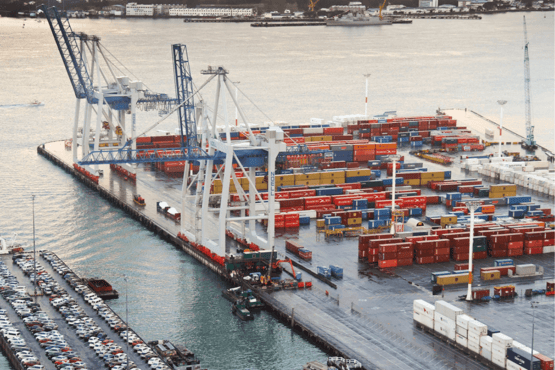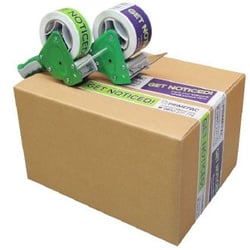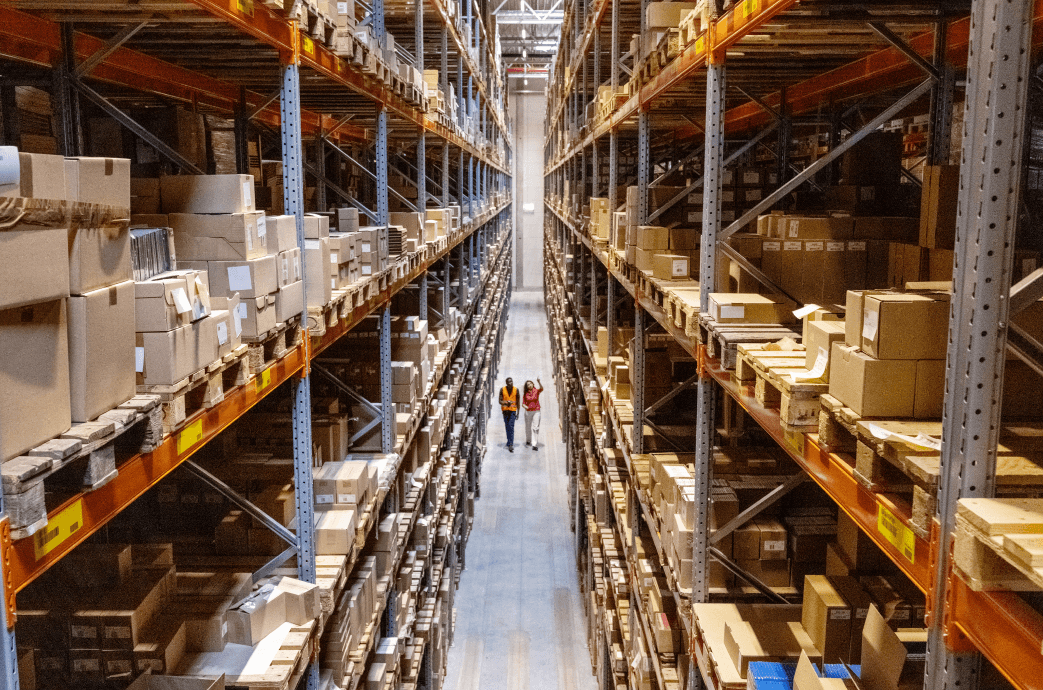
Inflation and rising freight expenses are having a big impact on businesses across New Zealand. Now more than ever business owners are evaluating their shipping processes to see what’s working well, what isn’t, and what can be made more efficient to help reduce shipping costs.
Smaller businesses in particular have been struggling due to months-long shipping delays to get their goods into the country. And with shipping costs having risen by 400 percent, businesses and retailers alike have been left with no choice but to hike up their margins significantly.
Here we dive deeper into what’s been causing shipping costs to rise and what could be done to reduce these costs. We’ve also covered what packaging changes can be made to keep costs down and ensure freight expenses are kept to a minimum.
What has caused shipping costs to rise?
COVID-19 has had a big impact on many things, from how we shop to how we interact with friends and family, almost no part of our lives has been left untouched by the pandemic. The tourism industry and subsequently airlines have taken a big knock over the past couple of years. Our inability to travel abroad has had a significant impact on almost all air carriers with many having to reduce the flights they offer significantly.
Pre-COVID, many businesses relied heavily on air freight to import their goods from overseas as well as send overseas customer orders. Air freight has long been considered the quickest way to send and receive goods internationally and many of us have become accustomed to this level of efficiency. However, with fewer flights departing overseas due to travel restrictions, businesses and retailers have had to look elsewhere for their freight requirements. The next and only option for most is now sea freight.
While sea freight is significantly cheaper than the limited air freight that is available, costs continue to rise due to demand. With more and more people relying on this service and increased online shopping from consumers, months-long shipping delays have become the new normal which has had a knock-on effect at our major ports. Ports in our big cities are struggling to keep up with demand due to the massive volume of freight coming into the country. And with the Omicron outbreak among us, ports are also recording that many depots or warehouses are unable to unload the usual volume of goods because many of their staff are at home isolating.
As Rosemarie Dawson from The Custom Brokers and Freight Forwarders Federation (CBAFF) states, “The longer freight sits and the longer it takes to deliver, the higher the costs. Importers have to pass those costs on to clients, who ultimately pass it on to consumers”.
No one could have predicted just how congested our ports would become, in part, due to a meteoric and unexpected rise in online shopping. Many businesses importing their goods from overseas have had no option but to order more stock than required to account for long wait times. And with the cost of containers having risen from $1,600 to $2,000, sea freight is simply becoming too expensive for the likes of small businesses as well as local importers and exporters.

Major NZ ports like the Ports of Auckland are becoming congested with large amounts of freight entering the country. Big demand is driving up shipping costs and the price of shipping containers.
Simple ways to reduce shipping costs
So what can be done to accommodate rising shipping costs? From negotiating set rates with your shipping and freight providers to switching up your packaging, there are a few things that can be done to try and reduce the amount you spend on shipping, especially for those of you that are shipping goods overseas.
We’ve outlined some simple steps that you can take to ensure your shipping costs are kept to a minimum.
Understand how shipping rates are charged
Depending on the shipping or freight company you use, all companies will have their own specific rates and ways of determining how much you pay to ship an item. While some companies choose to go by the weight of a package, others may choose to go by size. Some may even use both systems. It’s important to understand how shipping is charged so you can budget for what you need to send.
Many businesses will work out the average shipping cost for an item which will then be worked into their profit margins. If you don’t calculate this right, and you don’t factor in how much needs to be charged for shipping, it could be easy to fall into the trap of selling your goods at a loss.
In general, the lighter or smaller an item, the cheaper it will be to ship. Heavy or oversized items will always cost you more. In the instance that you need to ship these types of items, it pays to chat to your freight or shipping provider to discuss set rates so that you’ll know what to expect.
Use correctly sized packaging

Using the correct packaging for your items may sound simple however it can be an easy thing to get wrong. In particular, many businesses overestimate just how much packaging they may need for an item which will ultimately cost them in shipping costs in the long run. Shipping a bigger item will cost you more so if you can send something in a smaller box or package, this will help to keep shipping costs down.
It’s also imperative that you get the size of the package or box you use correctly so that your goods stay adequately protected in transit. Goods that get damaged in transit will prove costly in the long run as you may need to replace the original item that has been sent, which will also result in double the shipping costs to re-send an item.
Take the time to get your packaging sizes right at the start so that you’re only using that amount of packing required. You’ll also want to consider any void fill that may be needed to ensure your goods are safe and secure during transit.
Learn more about protecting your goods during transit >>
Consider custom packaging

If you can’t find the right type of stock packaging or cartons for your products then it may be time to consider custom packaging for your goods. Custom packaging is a great way to ensure that you get packaging products that are sized exactly for your requirements. Custom packaging items like boxes and tape can also be printed with your brand or message which will ensure that they stand out and make a statement during transit – nothing should get lost!
With custom packaging, you also have the added bonus of an array of sustainable packaging options that will ensure you can fulfil sustainability requirements, now considered highly important by the vast majority of today’s consumers.
Enquire about our custom packaging options >>
See significant savings by reducing your packaging costs
While there are many factors at play when it comes to reducing shipping costs, reducing how much you spend on packaging can be a simple first step. Something as simple as changing to smaller boxes or cartons will prove beneficial in lowering packaging costs, which will ultimately reduce how much you need to spend on shipping your goods to customers.
We’re always looking for ways to help our customers lower their packaging costs, while still providing a premium product. From stock packaging options to custom options designed for your brand, our team will work with you to ensure you have a quality, cost-effective solution. Ready to discuss your options? Simply contact us here.
To view our range of packaging supplies, perfect for logistics, warehousing and shipping, simply head to the product page below.






.png)

